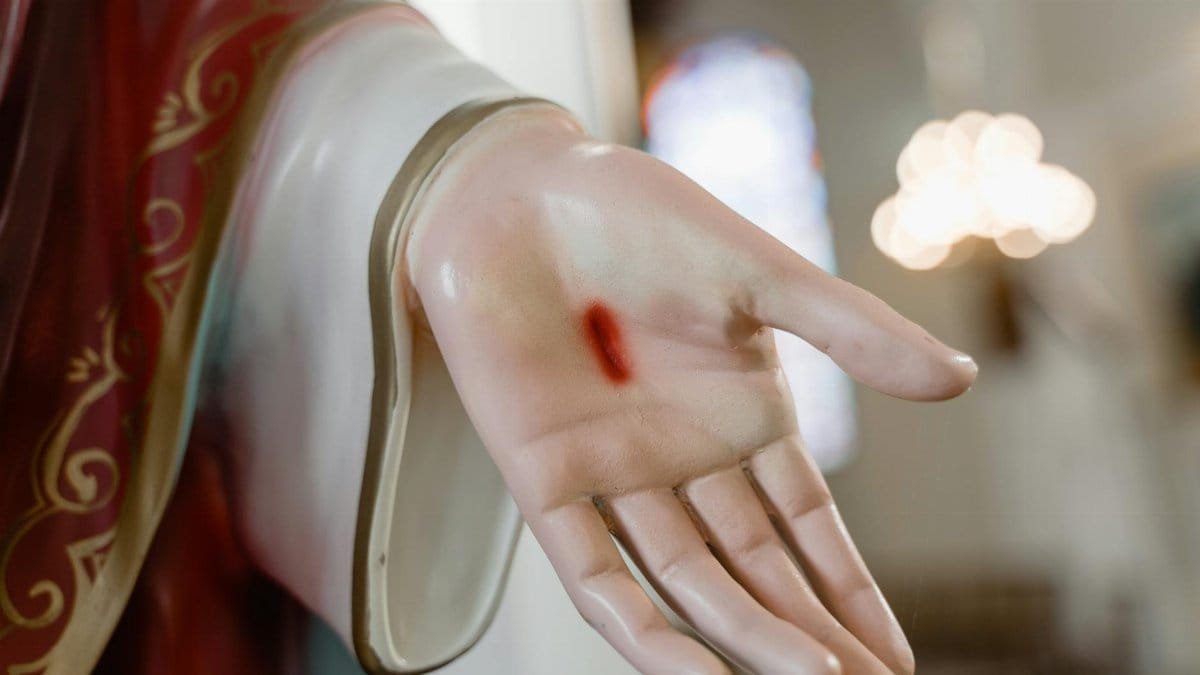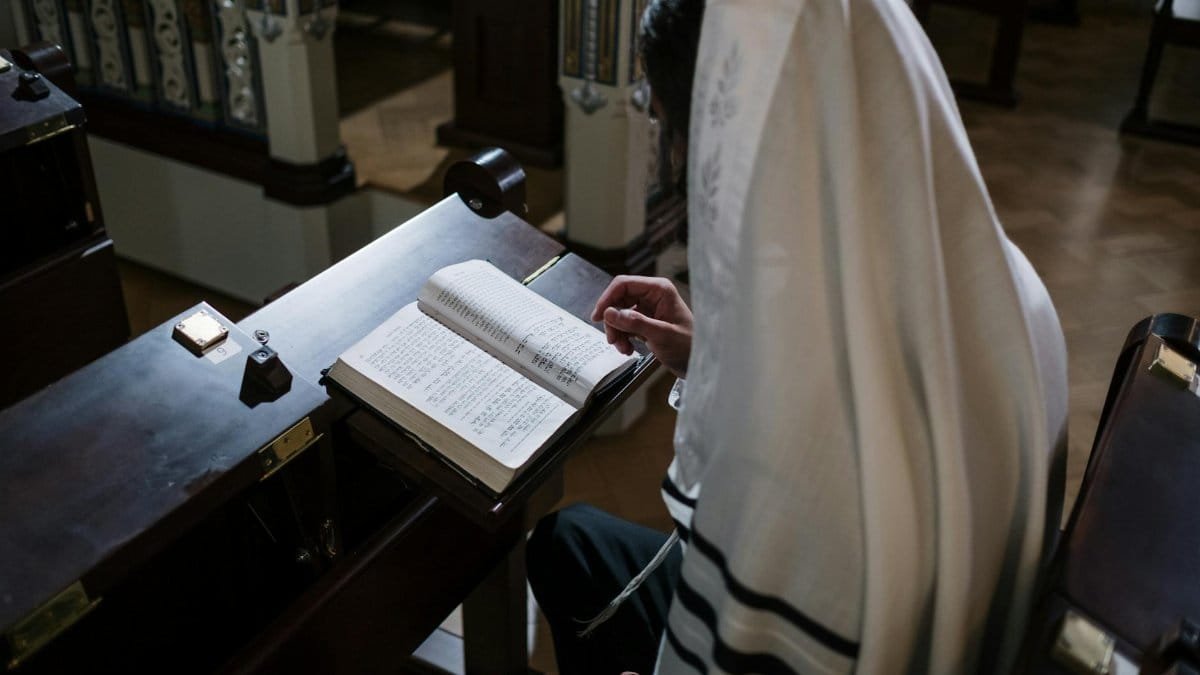Consider for a moment the weight of a wound you can’t quite name. For many Americans grappling with the aftermath of toxic religious experiences, that wound has a name: the ‘God Scar.’ It’s the lingering pain of dogma that stifled curiosity, guilt that smothered joy, or judgment that fractured self-worth. In 2025, as conversations around mental health and spirituality evolve, more people are seeking ways to address this unique hurt. The journey of healing toxic religion god scar steps isn’t just about rejecting faith—it’s about reclaiming a sense of peace, whether through spirituality, secular meaning, or something in between. Across the country, from online forums to quiet support groups, stories of recovery are emerging. They reveal a shared hunger for wholeness after years of feeling broken. This article lays out eight actionable steps to navigate that path, drawing on insights from experts and those who’ve walked it themselves. It’s not a quick fix, but a framework to rebuild trust in yourself—and perhaps in something greater.
1. Name the Wound

The first step in healing is often the hardest: acknowledging the hurt. For many, the ‘God Scar’ manifests as shame tied to religious teachings or fear of divine retribution that still haunts quiet moments. Therapists specializing in religious trauma, like those cited in studies from the American Psychological Association, note that naming this pain—whether it’s anger, grief, or betrayal—can be liberating. It’s not about blaming a faith tradition outright but recognizing how specific experiences or interpretations harmed you.
Think of a woman in her 40s, raised in a strict evangelical community, who recalls trembling as a child, convinced every mistake meant eternal punishment. That fear followed her into adulthood, tainting even mundane decisions. Naming that fear as a product of toxic teachings, not personal failing, allowed her to start letting go. This step isn’t about closure yet. It’s about seeing the scar for what it is.
2. Seek Safe Community

Isolation can deepen the pain of religious trauma. Finding a supportive circle—whether through therapy groups, online spaces, or local meetups—offers a counterpoint to the judgment many faced in toxic environments. In 2025, resources for those recovering from spiritual wounds are more accessible than ever, with organizations like Recovering from Religion providing peer support.
One person shared anonymously in a public discussion how joining a small group of ex-members from their former faith felt like breathing freely for the first time. They weren’t there to bash religion but to unpack shared struggles. That sense of being heard, without dogma, was transformative. Look for spaces where curiosity is encouraged over certainty. They don’t have to be anti-religious—sometimes secular mindfulness groups or even open-minded spiritual communities can serve this role.
3. Unpack Internalized Beliefs

Toxic religion often plants beliefs that root deep—ideas about worth, sin, or obedience that shape how you see yourself. Unpacking these requires patience. Start by questioning what feels true versus what was taught. Was your value really tied to strict adherence? Does doubt make you unworthy? These aren’t easy questions, but they’re necessary.
Experts in religious trauma recovery suggest journaling as a tool here. Write down the rules or fears that echo in your mind. Then, trace their origins. One study from National Institutes of Health highlights how cognitive restructuring—challenging harmful thought patterns—can reduce anxiety tied to spiritual guilt. This isn’t erasing faith if you still hold it. It’s discerning what serves you from what harms you.
4. Redefine Spirituality on Your Terms

For some, healing toxic religion god scar steps means stepping away from faith entirely. For others, it’s about reclaiming spirituality in a way that feels authentic. There’s no single right path. You might find solace in nature, meditation, or even reinterpreting sacred texts through a lens of compassion rather than control. The key is agency—choosing what resonates with you now.
Consider the story of a man in his 50s who left a rigid church but missed the ritual of prayer. He began sitting quietly each morning, not to a deity he no longer believed in, but to reflect on gratitude. That small act became his anchor. This step isn’t about replacing one doctrine with another. It’s about rebuilding a relationship with meaning, however you define it.
5. Address the Body’s Memory

Trauma isn’t just mental—it lives in the body. The tension of sitting through sermons that felt like indictments, the racing heart during confessions of perceived sin—these sensations linger. Practices like yoga, breathwork, or trauma-informed therapy can help release that stored stress. Research from institutions like Harvard University shows that somatic therapies can ease the physical toll of emotional wounds.
One approach is simply noticing. When do you feel that old tightness creep in? What triggers it? From there, small grounding exercises—like focusing on your breath or feeling your feet on the floor—can interrupt the cycle. This isn’t about ignoring the past. It’s about teaching your body it’s safe now.
6. Set Boundaries with Religious Spaces

Healing often requires distance from environments that reopen old wounds. That might mean declining invitations to services, limiting conversations about faith with certain family members, or even unfollowing social media accounts that echo past triggers. Boundaries aren’t rejection—they’re protection.
This can be tricky in tight-knit communities where religion is central. A middle-aged woman once described the guilt of skipping her family’s church events after decades of attendance. Yet, she found that explaining her need for space, without diving into painful details, helped maintain relationships while honoring her recovery. Start small. Decide what feels manageable, and communicate it clearly. Healing toxic religion god scar steps demands this kind of self-advocacy.
7. Embrace Anger, Then Let It Evolve

Anger is a natural part of this journey. It might flare at memories of manipulation, hypocrisy, or lost years. Don’t rush to suppress it—feel it. Therapists note that unprocessed anger can turn inward, fueling depression. But the goal isn’t to stay angry. It’s to let that emotion transform into something constructive, like motivation to help others or clarity about your values.
One man recalled writing a letter—never sent—to the leaders of his childhood congregation, pouring out years of resentment. The act of writing released something. Months later, he channeled that energy into mentoring younger people questioning their faith. Anger can be a spark. Let it light a path forward rather than burn you out.
8. Celebrate Small Victories

Healing isn’t linear, and it’s rarely dramatic. It’s in the quiet moments—laughing without guilt, questioning without fear, or feeling at ease in your own skin. Acknowledge these wins. They’re proof of progress. In a culture that often pushes for quick fixes, especially in 2025’s fast-paced digital age, taking time to honor small steps in healing toxic religion god scar steps is radical.
Picture a moment shared by someone who, after years of dreading Sundays, spent one hiking with friends, feeling no obligation to a pew. That day wasn’t the end of their journey, but it was a marker. Keep track of your own markers. Maybe it’s a day you didn’t flinch at a religious reference, or a conversation where you spoke your truth. These build the foundation for lasting peace.
The path to healing the ‘God Scar’ is deeply personal. These eight steps aren’t a cure-all, but a guide to navigate the complex terrain of recovery. Along the way, you’re not just mending old wounds—you’re crafting a life that feels true to who you are now. That, perhaps, is the deepest healing of all.
